We tell about protecting the roof from the wind, rain, snow and other factors not only from the outside, but also inside the house.
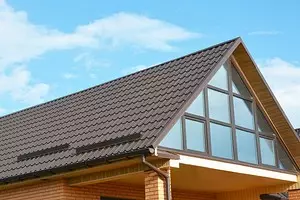
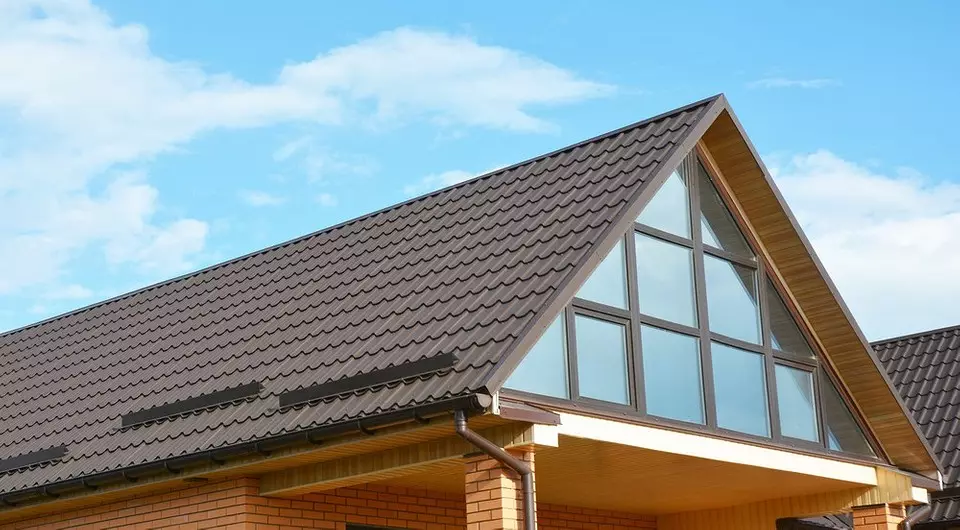
With the help of Yuri Karapetyan, the seller-consultant of the construction hypermarket "Lerua Merlen Sholokhovo" disassemble the "roofing pie" by layers and tell about the ways to protect the roof from rain, wind, noise and cold.
All about protecting the roof
ParosolationHeat insulation
Wind protection
From the rain
From Shuma
From snow
Speaking about the roof, people usually have in mind the top layer of the roof, protecting the house from rain and snow. But popular types of roof are made of materials that are not destroyed under the influence of precipitation. For example, a soft tile is made from a modified bitumen, applied for fiberglass canvas strength. From above, the sheet of soft tiles coats the granulate layer - crushed stone that gives the surface strength.
No less popular metal tile is made of steel sheets subject to corrosion, but manufacturers make a special coating of the roof of polymer paint to protect against moisture penetration and oxygen. So corrosion is excluded.
However, under tiled or bitumen-polymer membranes, there is a complex design from materials, which needs to be protected from different factors. For example, wooden rafters are susceptible to rotting and will not last long, if you do not protect them from water.
1 vaporizolation
In any house where heating is organized, the main movement of the air flow is directed upwards. Lifting, warm air reaches roofing and cooled. At this point, water pairs contained in the air falls in the form of condensate. If you do not put the obstacle on the way, rafters, walls and overlaps of the upper floor will suffer from moisture. Such a barrier allows you to organize a membrane that passes up the saturated air, and condensate, on the contrary, does not allow to go down.
It consists of two layers. The lower waterproof layer skips the air and delays condensate. The top layer of the nonwoven polypropylene cloth absorbs moisture and evaporates it when the temperature under the roof is rising.
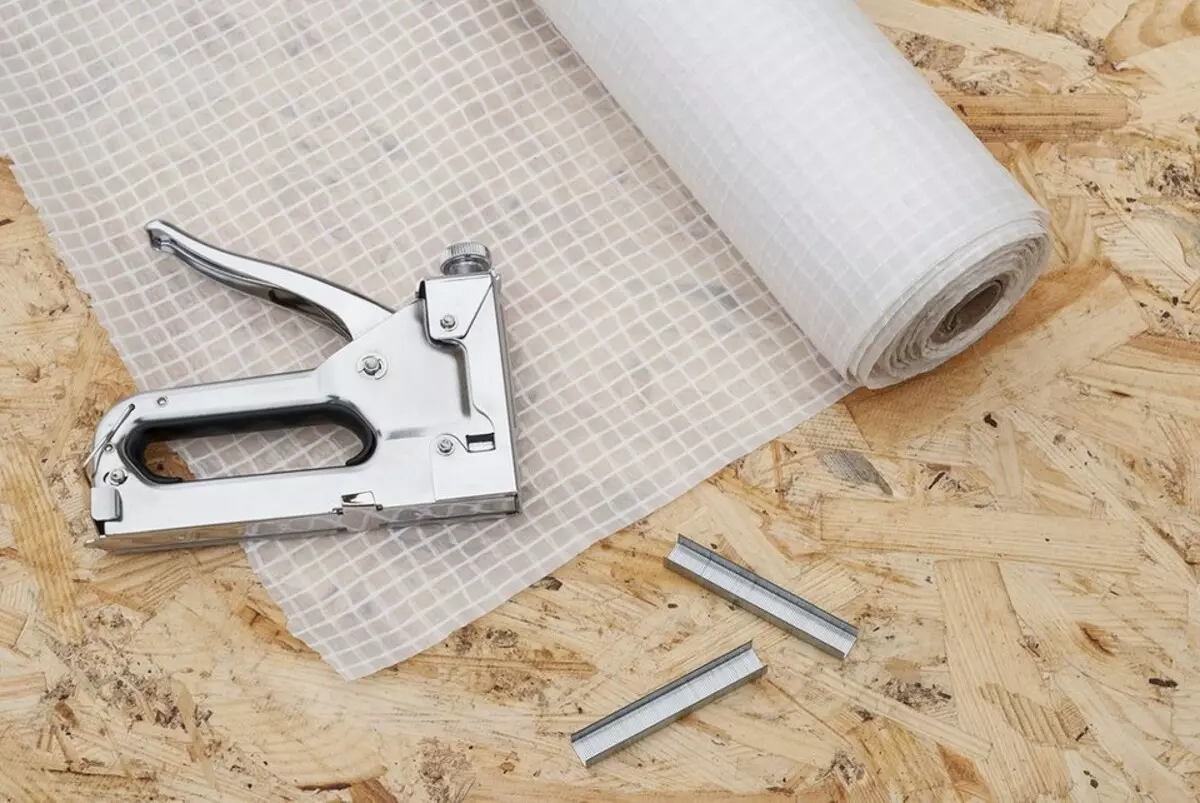
2 Thermal insulation
The layer of heat insulating material, strictly speaking, does not relate to the roof protection agents. He protects the house from heat loss. However, not to mention it, telling about the device of roofing cake, is impossible.
For thermal insulation, there are most often used lightweight materials that are convenient to mount to the canopy. These include various types of mineral wool in rolls and plates, as well as plates from extruded polystyrene foam. Recently, builders are talking about solutions based on mineral wool as more successful, since fibrous materials have additional properties that make them more suitable for insulation. The main advantage of mineral wool is the ability to skip air. Due to this feature, condensate does not accumulate on the surface, and the moisture gathered in the thicker during cooling evaporates when the temperature rises.
But mineral wool is not suitable for operated roofs. In these cases, it is worth seeking more strong heat insulation, for example, extruded expanded polystyrene or PIR.
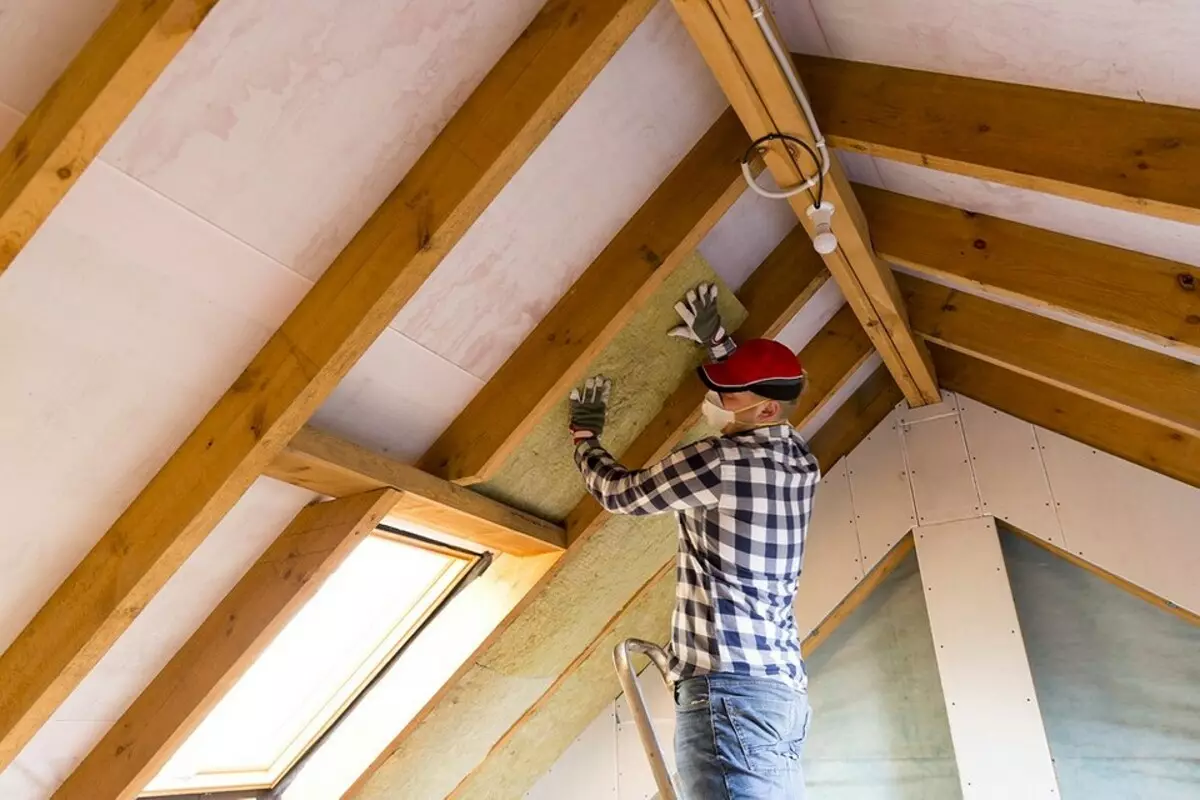
3 Wind Protection
During operation, the roof protects the house from the destructive effects of air flow. The wind blows out of the house heat and can harm the roof itself, blowing the light mineral fibers of the insulation. The thermal insulation layer is due to the thickness, and with the time its properties deteriorate.
That this does not happen, builders protect the insulation of a multi-layer polyester membrane and polypropylene. One of the layers is thicker than others - it gives material strength. Other layers form a barrier between the cold air zone under the roof and the inner zone of warm air, reducing heat loss and heating costs.
Previously, pergamine - cardboard impregnated with bitumen was used to protect against wind. However, this material has significant disadvantages. Pergamine absorbs water and with time rotates, if not to protect it from condensate and splashes of rainwater.
Many modern multi-layer membranes combine several functions in themselves - for example, protect them simultaneously from water and wind. The combination of several types of protection makes the material more versatile and allows it to be used not only in the roof design, but also for walls or foundation. It is placed from the outside of the insulation on top of the frame used for installation plates of thermal insulation.
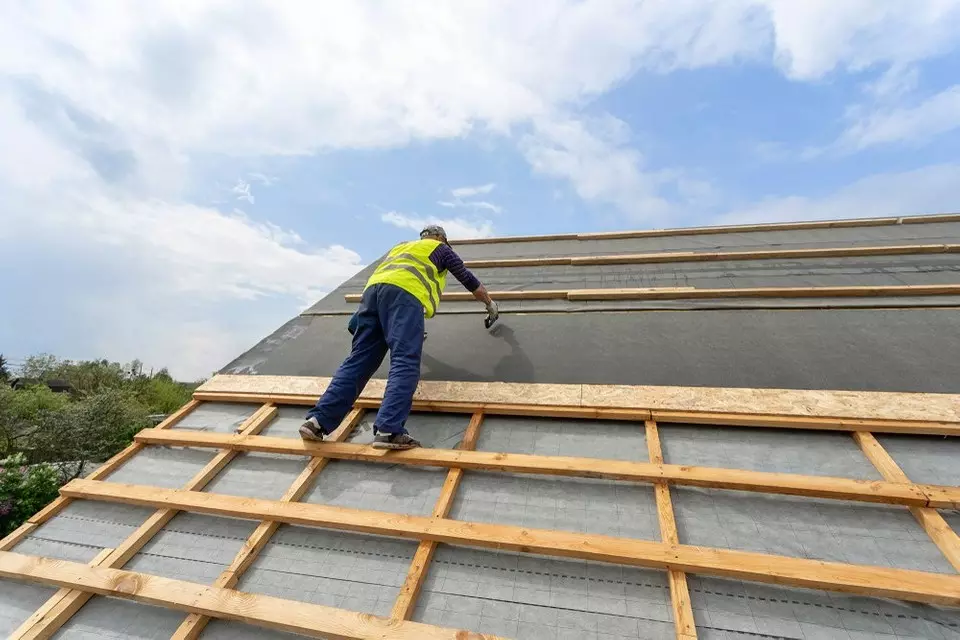
4 from rain
The most reliable protection against the rain is the installation of a roof in compliance with all the details of the technology. However, some roofing materials have constructive features, due to which water can penetrate under the coating. At the production of metal tile, the form makes a sheet similar to the ceramic tiles laid by rows. The leaf is formed an uneven edge, and the gusts of the wind can enter the lumen between the laid sheets of snow and rainwater. An even more dangerous for the inner structures of the roof condensate, accumulating under the shears of the roofing coating when the temperature drops.
Waterproofing membranes are used to protect insulated roofs. This is a thin and lightweight material similar to the fabric. At least three types of membranes are represented on the market. The first - diffuse membranes with microperphoration. They absorb moisture micropores. With increasing air temperature, moisture evaporates.
The second type, PVC membranes, is made of a film from a plasticized polyvinyl chloride laid on the reinforcing grid. PVC film Waterproof, and condensate drops roll from it to where you can organize the collection of water. The third type, EPDM membrane of a new generation, is made of synthetic rubber with the addition of polymers. The principle of operation is the same as PVC, but there are additional benefits. So, EPDM membranes do not lose elasticity in frost. Often, substances that give the material adding additional protective properties are added to the composition for the manufacture of films - for example, antipyrenes that impede fire.
The waterproofing membrane is placed under the roofing coating on top of the heat insulation layer.
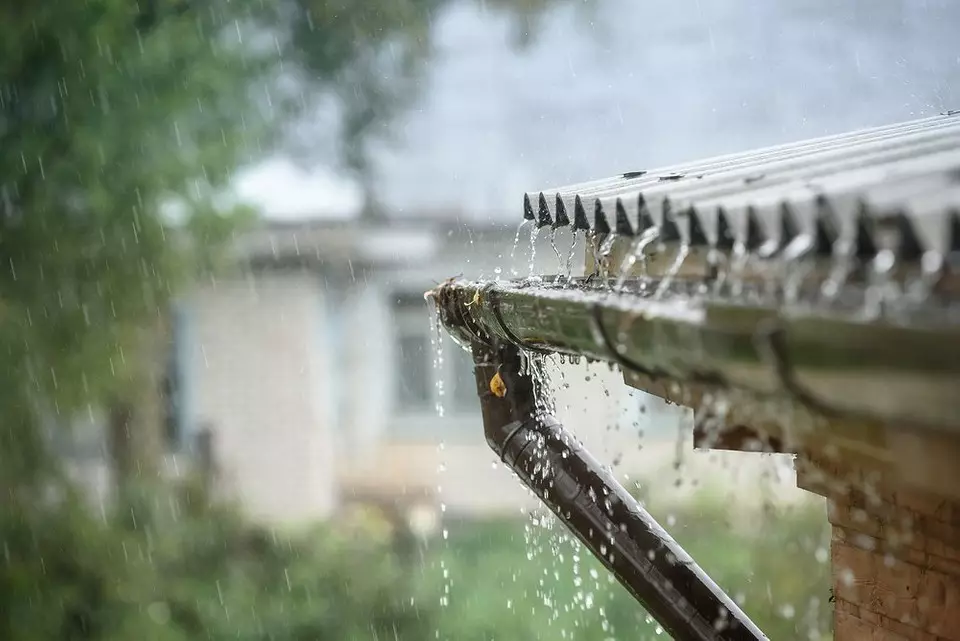
5 from Noise
For efficient sound insulation, they use a soundproof membrane. The thin film is made of polymer rubber with the addition of natural sound-absorbing materials, such as fibers from some types of minerals. The rubber layer gives the membrane elasticity and facilitates the installation task.
The soundproofing membrane is placed on top of waterproofing. However, due to the high cost of specialized materials when installing the roof, the role of the soundproofing layer is often taken on other materials. High acoustic properties have fibrous thermal insulation elements, such as basalt wool. Additional protection can provide separate types of roofs - some manufacturers of metal tiles cover the sheets with sound absorbing composition.
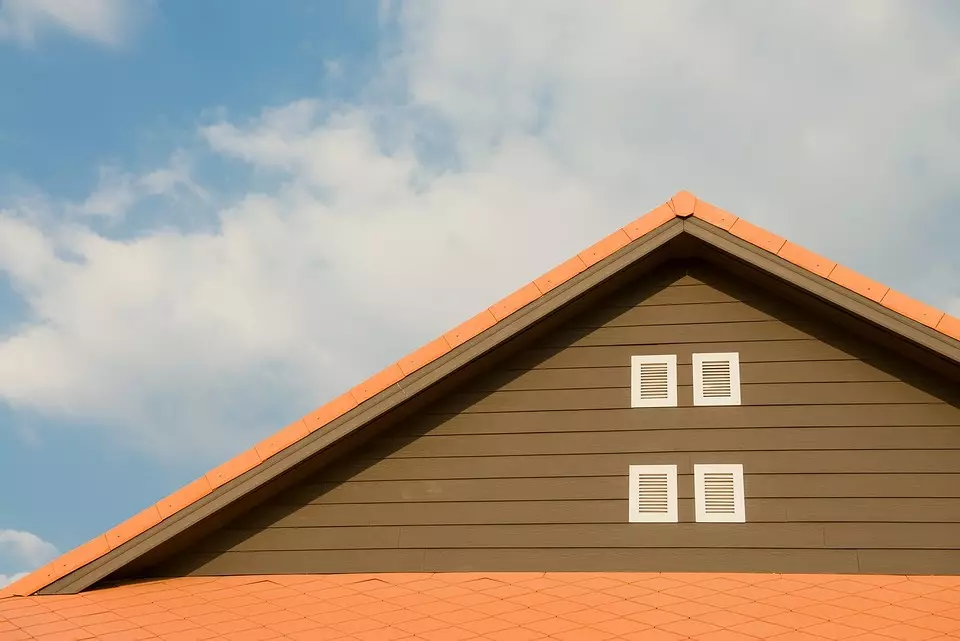
6 roof protection from snow and icing
With the proper roofing device, the snow covers the roof with a smooth layer and does not melt until the air temperature on the street will rise above zero. Snow is a natural insulation, and it is not worth removing it from the roof.
If the snow on the roof constantly and unevenly melts and ice fields occur on the surface, it is likely that there are errors when installing the heat insulation layer. If the roof is well insulated and there are no cracks in thermal insulation, the surface temperature of the roofing material corresponds to air temperature and snow on the roof does not melt.
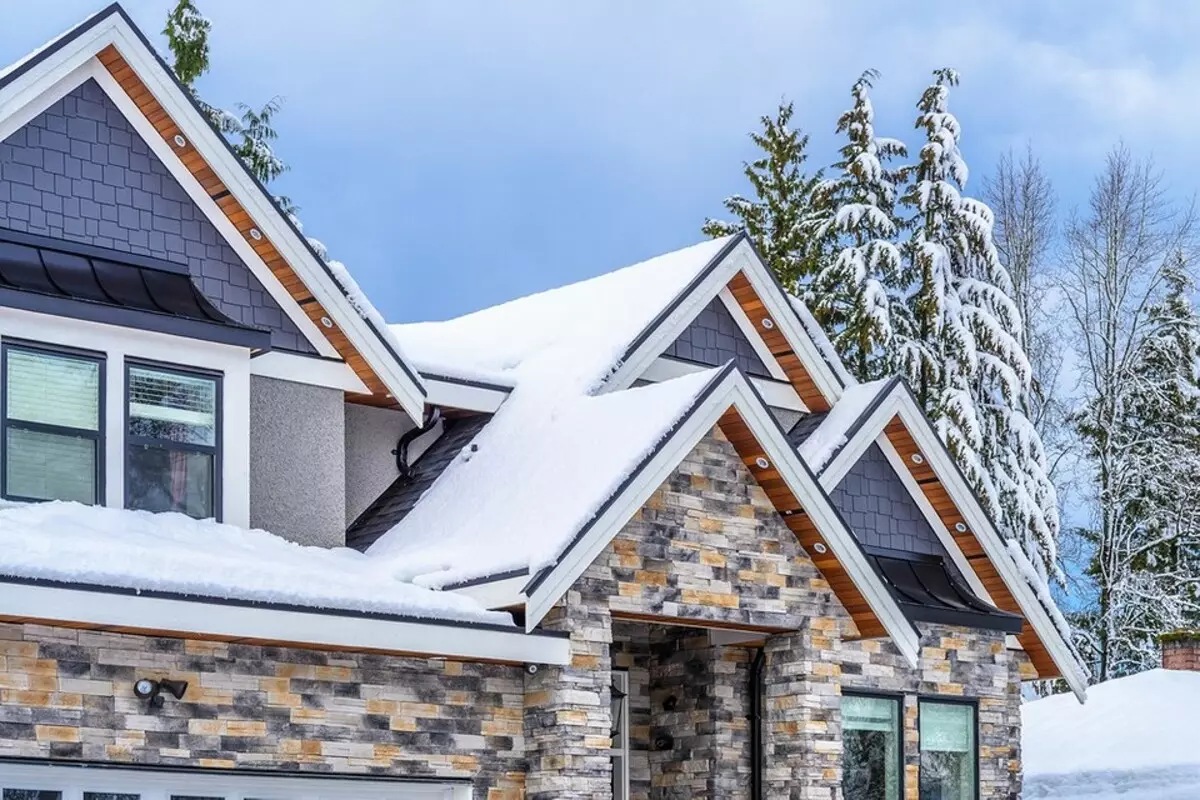
Existing solutions, such as the installation of heating cables, are expensive, but by and large does not help solve the problem. The costs of installing a heating cable over the entire surface of the roof will most likely exceed spending on the amplification and even the complete replacement of the heat insulating layer. Do not forget that for electricity, spent on the heating of the roof will have to pay regularly. Therefore, heating cables are an excellent solution for combating icicles on the cornices and icing of the drain system, but the best means is an additional insulation.



